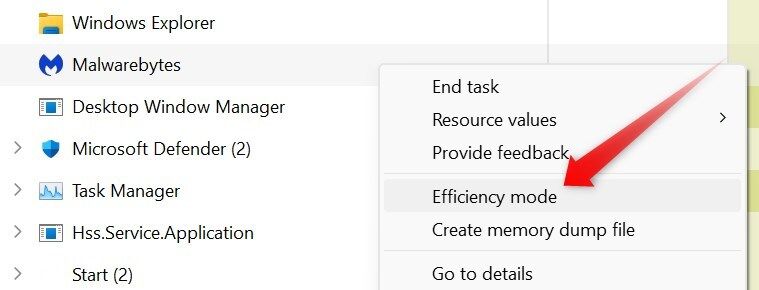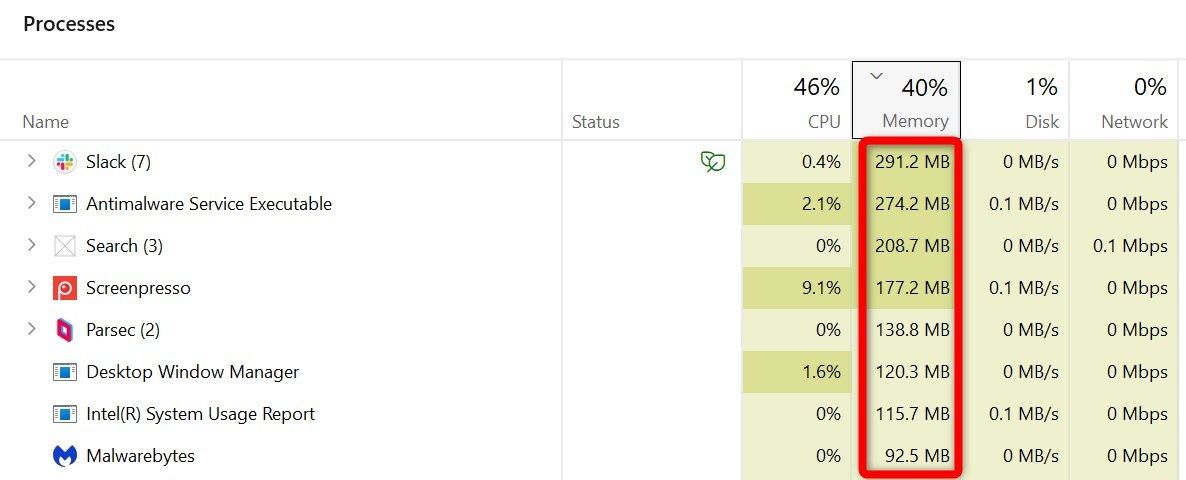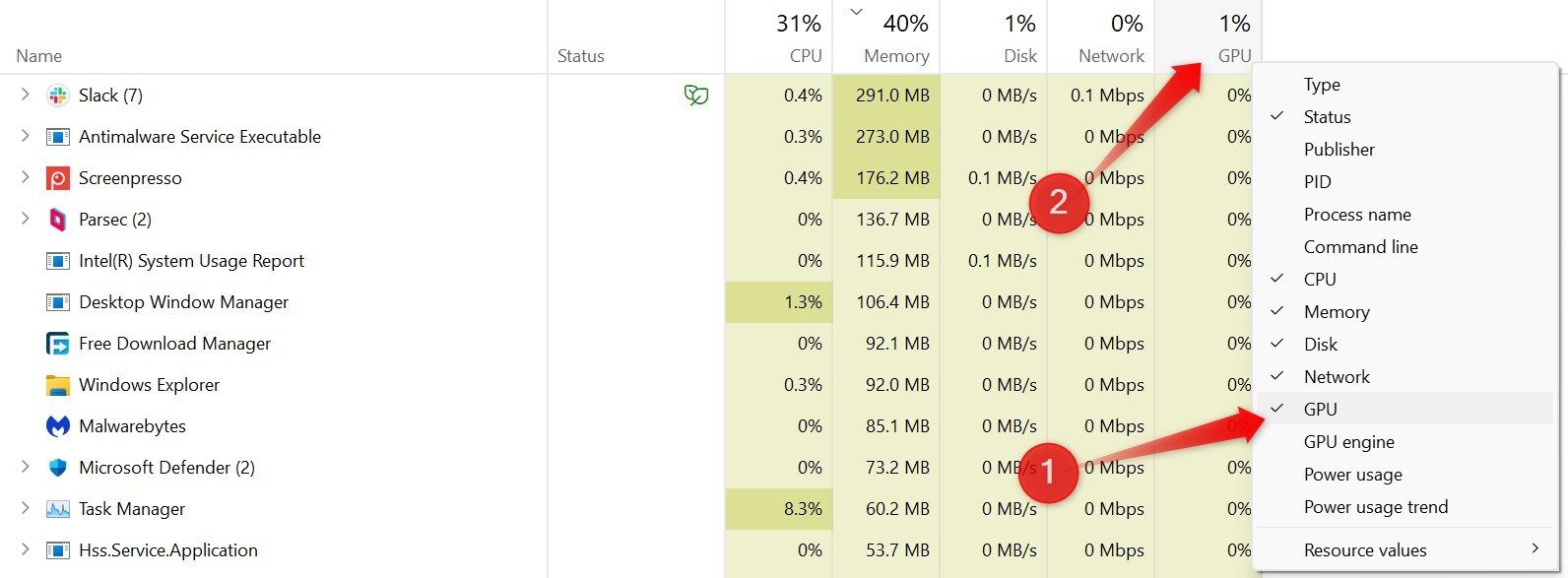Task Manager is a powerful tool in Windows, yet many users only use it for basic tasks like closing unresponsive apps or checking resource usage. If you’re new to Windows or primarily use Task Manager for simple tasks, here are some hidden features and tips you should know to get the most out of it.
Freeze the Task Manager
The Task Manager updates in real-time and continuously rearranges processes based on factors like resource consumption. This dynamic nature can make it difficult to monitor a specific task’s resource usage or capture a clear snapshot of the desired data. I also find it challenging to focus on a particular section for detailed analysis.
If you face these issues, you’ll be glad to know that the Task Manager allows you to freeze updates temporarily. By doing this, you can pause the live changes and analyze the information more easily. To freeze Task Manager, press and hold the CTRL key. Once you’re done analyzing, release the CTRL key to resume real-time updates.
Enable Efficiency Mode
Task Manager has an Efficiency Mode designed to reduce the resource and power usage of lower-priority processes that may slow down your computer. By optimizing these processes, critical tasks gain access to more resources, helping your PC run efficiently. However, to avoid potential stability issues, you can’t use this feature for critical system processes.
To enable Efficiency Mode for a specific process, right-click on it and select “Efficiency Mode.” If prompted, confirm your choice by clicking “Turn On Efficiency Mode.” Once activated, a green leaf icon will appear next to the process. Do not enable this mode for important processes, as it may lead to instability or degraded performance.
Set a Default Tab of Your Choice
By default, the Task Manager opens the Processes tab, which allows you to check resource consumption. However, if you often use a different tab, such as Performance or App History, you can set it as the default. This allows you to access the information you use most frequently without needing to switch tabs, saving you time and effort.
To change the default tab in Task Manager, right-click the Start button and select “Task Manager.” Once it opens, click the “Settings” button in the bottom-left corner. Then, under the “Default Start Page” dropdown menu, choose your preferred tab. The setting will save automatically, so the next time you open Task Manager, it will start on your selected tab.
Track Resource Usage With Ease
Task Manager allows you to monitor resource usage by processes in real-time. However, identifying which process is consuming the most CPU, RAM, Disk, or Network resources can be challenging, as the list constantly updates. While freezing Task Manager can help, scrolling through the list to pinpoint resource-heavy processes is still time-consuming.
Fortunately, you can sort processes in ascending or descending order based on resource usage for easier tracking. Click on the header of the column you’re interested in, such as Memory, to bring the processes using the most resources to the top of the list. This makes it quicker to identify and manage resource-intensive tasks.
Customize Columns in Your Views
By default, the Task Manager displays columns such as CPU, Memory, Disk, and Network in the Processes tab. The Details and Startup Apps tabs also show specific sets of information. However, many users are unaware that they can customize these columns to add the information they need or remove irrelevant data.
To customize columns in the Processes tab, right-click on any column header and select or deselect the information you want to display. For the “Details” tab, right-click on a column header, choose “Select Columns,” and check or uncheck the boxes for the data you wish to include or exclude. This lets you access the specific details you need more easily.
Start a New Task Instantly
Task Manager offers an easy way to quickly start new tasks, allowing you to open programs, files, or folders without navigating through multiple menus. This feature not only saves time but is especially useful if your desktop becomes unresponsive, ensuring you can still access essential tools or files.
To start a new task in Task Manager, click on the “Run New Task” button in the top-right. Enter the name of the program, file, or folder you want to open, such as notepad for Notepad or explorer to open File Explorer, and click “OK.” This simple method can be a lifesaver when troubleshooting your computer.
Access Command Prompt Quickly
The Command Prompt is a powerful tool for executing commands and troubleshooting issues on Windows. While there are numerous ways to open Command Prompt, they may fail if your system becomes unresponsive, leaving the Task Manager as your only accessible tool. Fortunately, you can launch it directly from Task Manager, a feature many users are unaware of.
The traditional method involves clicking Run New Task, typing cmd, checking the box for “Create this task with administrative privileges,” and clicking “OK.”
Alternatively, you can use a lesser-known shortcut: hold the CTRL key while clicking on the “Run New Task” button. This method lets you quickly access the Command Prompt when needed.
Revert to the Classic Task Manager View
Microsoft has completely redesigned the Task Manager in Windows 11, introducing a modern look and new features like Efficiency Mode, dark mode, and transparency effects. However, if you prefer the classic Task Manager from Windows 10, with its simpler design and fewer features, you can easily switch back to the older style.
To revert to the classic Task Manager, press Windows + R to open the Run dialog, type taskmgr -d, and press Enter. This will launch the Task Manager in its older tabbed UI. You can also create a desktop shortcut for this command, allowing you to open the classic Task Manager with a single click whenever needed.
By now, you’ve likely realized that the Task Manager is much more than a tool for closing unresponsive programs. The tips outlined above can help you effectively monitor, troubleshoot, optimize, and manage your Windows PC. Take the time to explore these features and dive deeper into the Task Manager’s capabilities to unlock its full potential.











